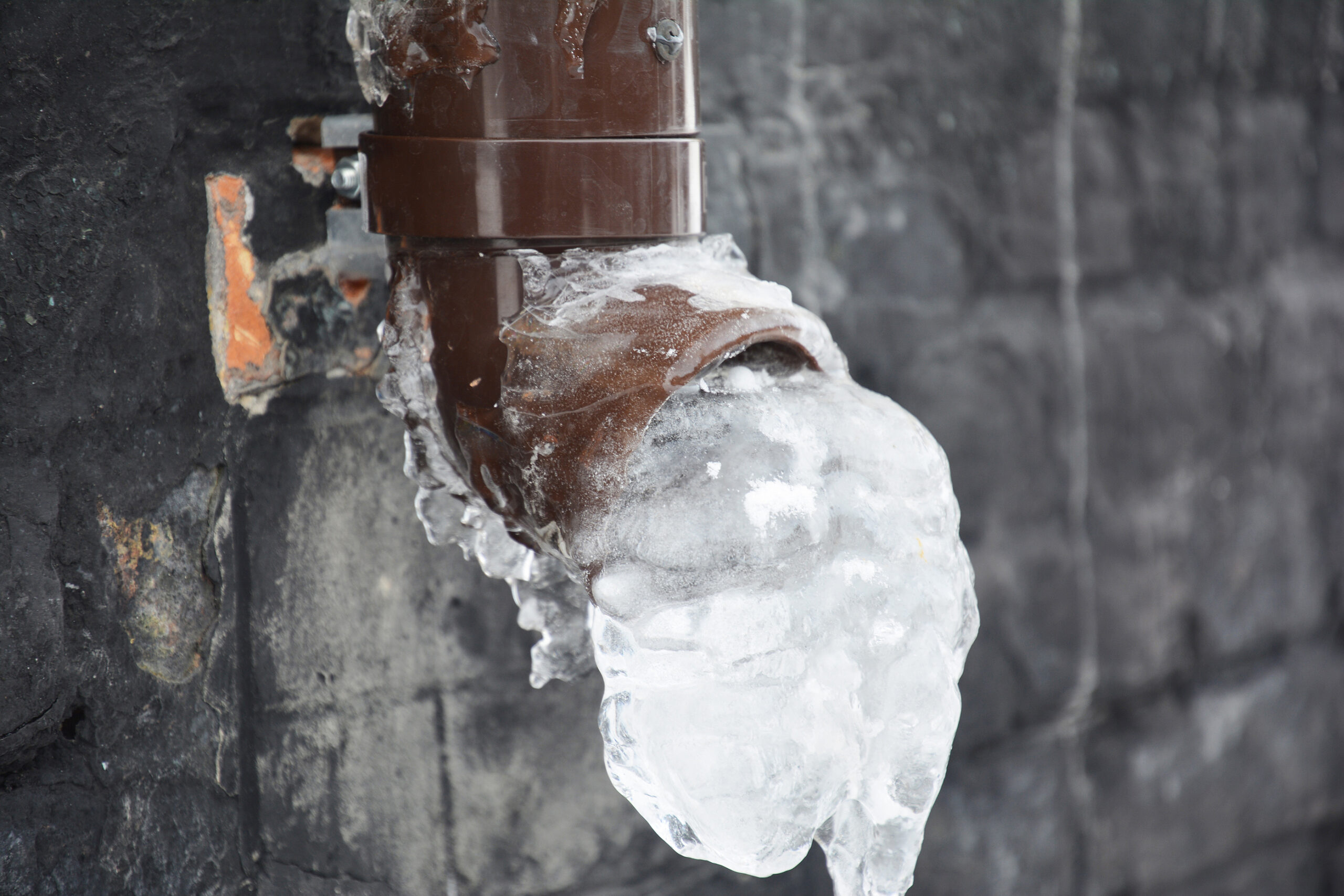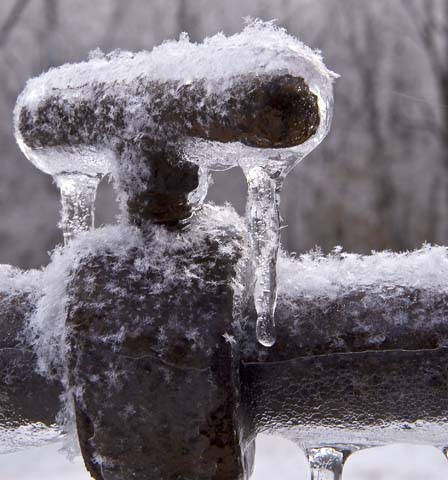Tips to Prevent Frozen Pipes in Winter: Pro Advice
Tips to Prevent Frozen Pipes in Winter: Pro Advice
Blog Article
Each person seems to have their own individual theory in relation to How to prepare your home plumbing for winter weather.

Winter can ruin your pipes, particularly by freezing pipes. Here's just how to stop it from taking place and what to do if it does.
Intro
As temperatures decrease, the risk of icy pipes rises, potentially causing expensive repair services and water damages. Understanding how to prevent icy pipelines is vital for house owners in chilly environments.
Prevention Tips
Insulating susceptible pipes
Wrap pipelines in insulation sleeves or utilize heat tape to protect them from freezing temperatures. Concentrate on pipes in unheated or exterior locations of the home.
Heating strategies
Maintain interior rooms effectively heated, especially locations with pipes. Open cabinet doors to enable warm air to flow around pipes under sinks.
Exactly how to identify frozen pipes
Search for lowered water flow from faucets, uncommon odors or sounds from pipelines, and noticeable frost on exposed pipelines.
Long-Term Solutions
Architectural adjustments
Think about rerouting pipelines far from exterior walls or unheated areas. Include additional insulation to attic rooms, cellars, and crawl spaces.
Upgrading insulation
Buy premium insulation for pipelines, attic rooms, and walls. Appropriate insulation helps keep constant temperatures and minimizes the danger of frozen pipes.
Protecting Outdoor Pipes
Yard tubes and outside faucets
Separate and drain pipes yard tubes prior to winter. Install frost-proof spigots or cover outside taps with insulated caps.
Understanding Frozen Pipelines
What triggers pipelines to ice up?
Pipes freeze when exposed to temperatures listed below 32 ° F (0 ° C) for extended periods. As water inside the pipes freezes, it expands, taxing the pipeline walls and possibly triggering them to burst.
Threats and damages
Icy pipes can lead to water supply disturbances, residential or commercial property damages, and expensive fixings. Burst pipes can flooding homes and cause extensive structural damages.
Signs of Frozen Piping
Recognizing frozen pipelines early can prevent them from breaking.
What to Do If Your Pipes Freeze
Immediate actions to take
If you believe icy pipes, maintain taps available to ease pressure as the ice thaws. Utilize a hairdryer or towels taken in warm water to thaw pipes slowly.
Verdict
Stopping frozen pipelines requires aggressive steps and fast reactions. By recognizing the causes, indications, and safety nets, house owners can shield their plumbing during winter.
6 Proven Ways to Prevent Frozen Pipes and Protect Your Home
Disconnect and Drain Garden Hoses
Before winter arrives, start by disconnecting your garden hoses and draining any remaining water. Close the shut-off valves that supply outdoor hose bibs and leave the outdoor faucet open to allow any residual water to drain. For extra protection, consider using faucet covers throughout the colder months. It’s also important to drain water from any sprinkler supply lines following the manufacturer’s directions.
Insulate Exposed Pipes
Insulating your pipes is an effective way to prevent freezing. Pipe insulation is readily available at home improvement stores and is relatively inexpensive. Pay close attention to pipes in unheated areas such as the attic, basement, crawl spaces, or garage. Apply foam insulation generously to create a buffer against the cold. You can also wrap your pipes in heat tape or thermostat-controlled heat cables for added warmth.
Seal Air Leaks
Inspect your home for any cracks or openings that could let in cold air. Seal any holes around the piping in interior or exterior walls, as well as the sill plates where your home rests on its foundation. Additionally, make sure to keep your garage door closed unless you’re entering or exiting. Leaving it open creates a significant air leak that can lead to frozen pipes.
Allow Warm Air Circulation
During cold snaps, it’s essential to allow warm air to circulate evenly throughout your home. Leave interior doors ajar to promote better airflow. Open kitchen and bathroom cabinets to help distribute heat consistently around the rooms. If you have small children or pets, be sure to remove any household chemicals or potentially harmful cleaners from open cabinets for safety.
Let Faucets Drip
A small trickle of water can make a big difference in preventing ice formation inside your pipes. When temperatures drop significantly, start a drip of water from all faucets served by exposed pipes. This continuous flow helps prevent the water from freezing. Additionally, running a few faucets slightly can relieve pressure inside the pipes, reducing the chances of a rupture if the water inside does freeze.
https://choateshvac.com/6-proven-ways-to-prevent-frozen-pipes-and-protect-your-home/

We hope you liked our excerpt about Preventing and dealing with frozen pipes. Thanks a lot for spending some time to read our posting. Sharing is good. Helping people is fun. Thank you for your time. Please check our blog back soon.
Schedule Estimate Report this page